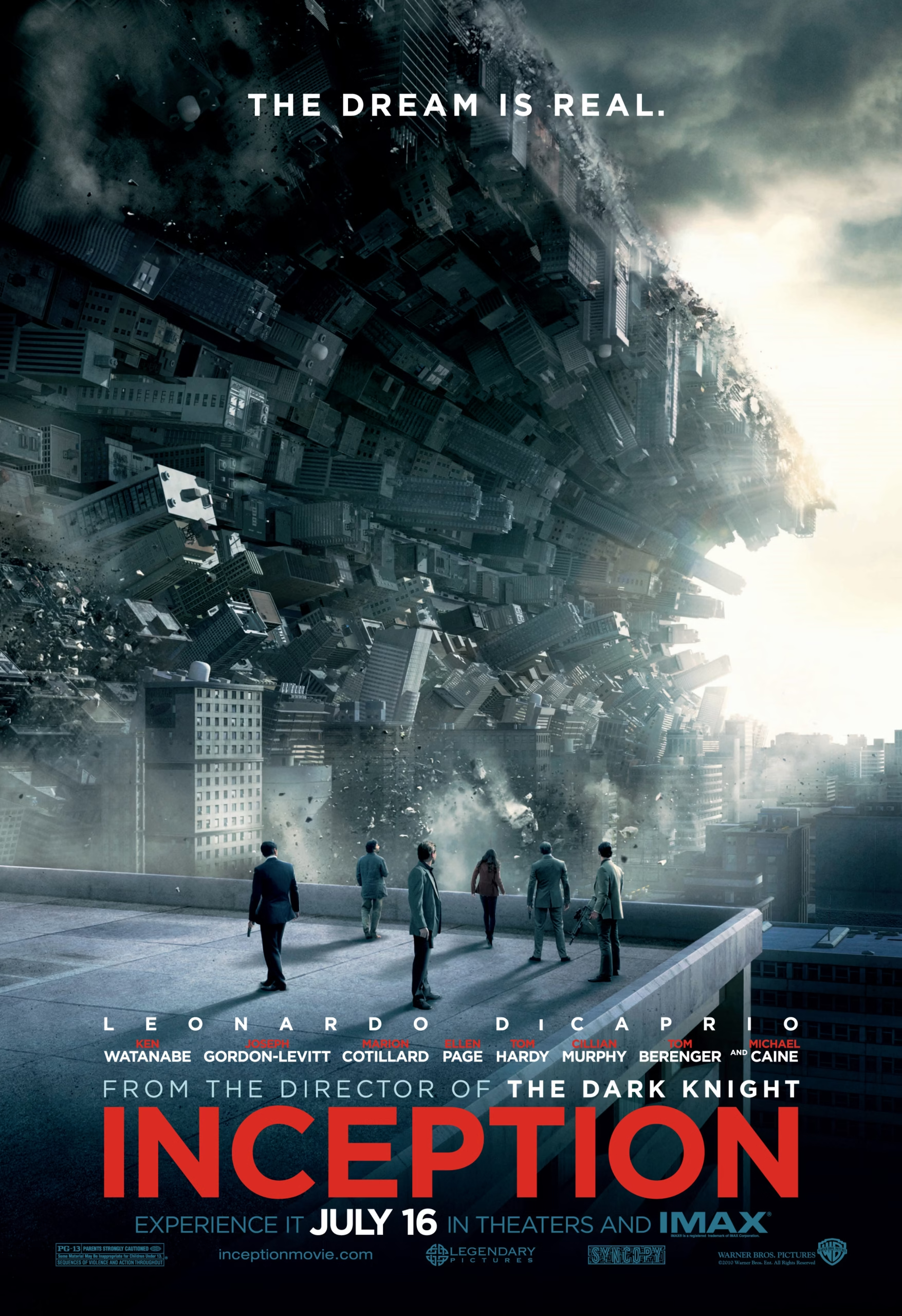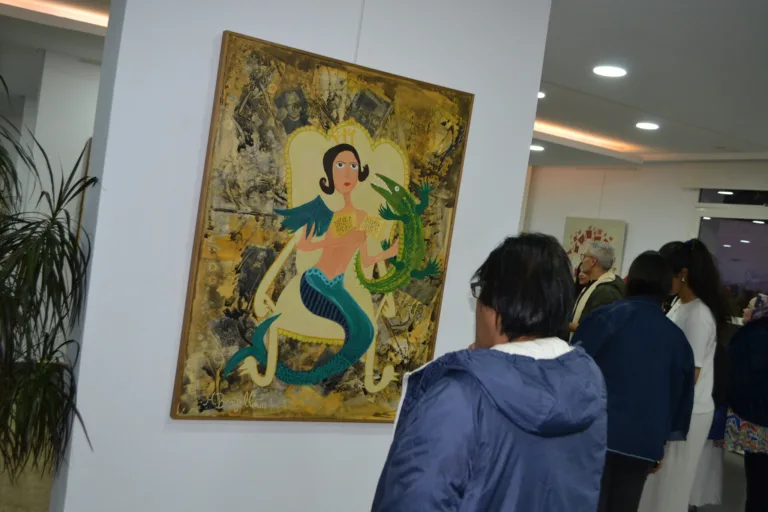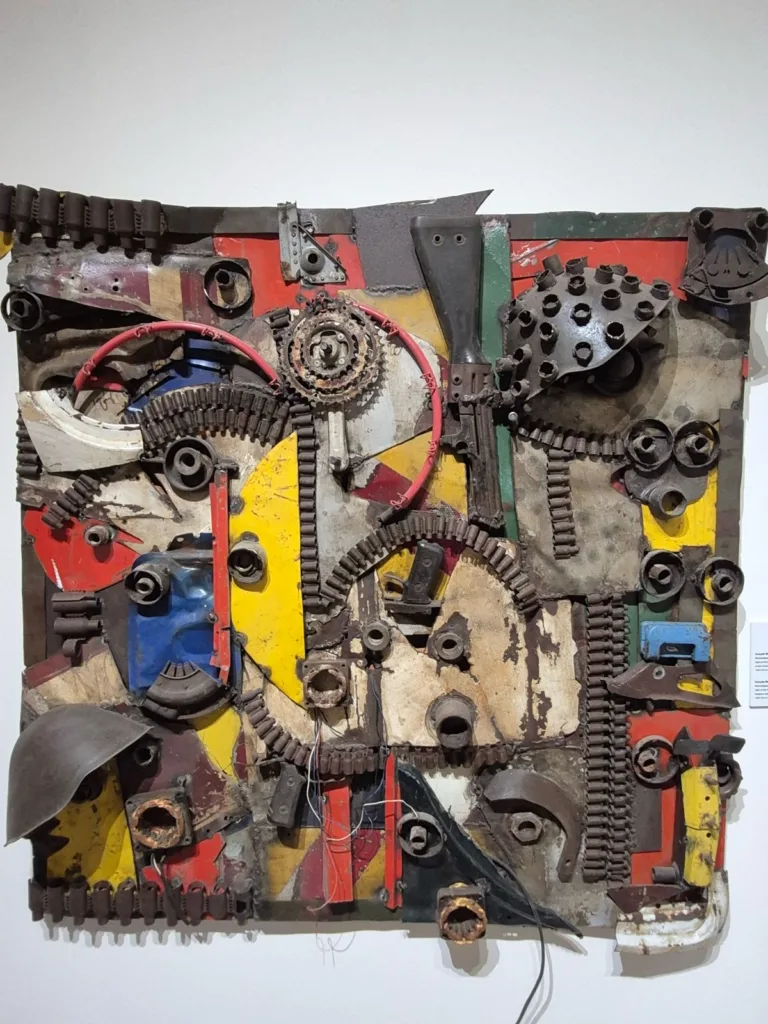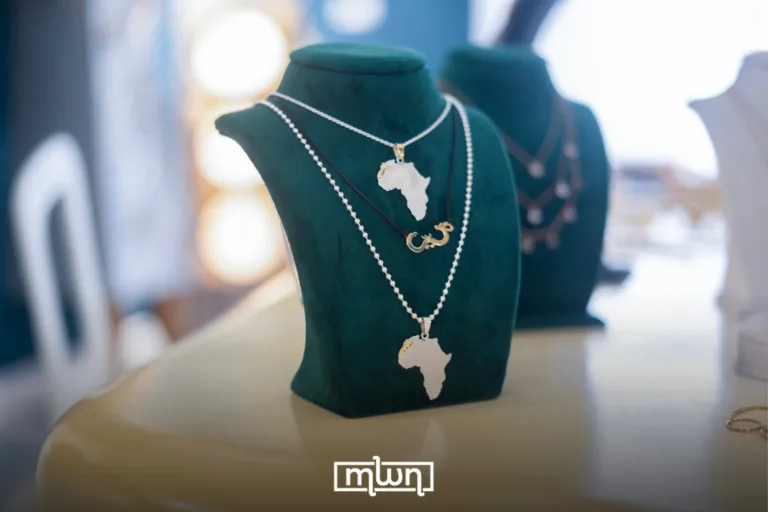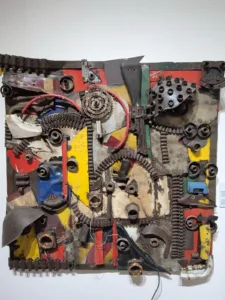Fez – When “Inception” arrived in 2010, it was a rare studio gamble on an original idea, marrying a heist structure to layered dream worlds.
Nolan reportedly spent close to a decade shaping the concept before the film’s release, and the patience shows in its clockwork plotting and big-canvas craftsmanship.
Fifteen years after its initial release, “Inception” remains a touchstone for intelligent genre filmmaking, its influence visible in everything from complex narrative structures to ambitious visual effects.
The dream-heist that changed the rules
Part puzzle, part emotional drama, “Inception” wears its genre influences lightly: noir fatalism, caper-movie teamwork, and crisp science-fiction logic. Its staying power rests on how the film lets audiences “work” the narrative — tracking kicks, totems, and time dilation — while never losing sight of Dom Cobb’s guilt-shadowed arc.
Nolan has explained that the much-discussed ambiguity only works if anchored in a clear internal interpretation, aligning the audience with the characters’ uncertainty rather than the filmmaker’s.
Awards and box office confirmed the film’s impact. At the 83rd Academy Awards, “Inception” won four Oscars — Cinematography, Sound Editing, Sound Mixing, and Visual Effects — and earned eight nominations overall, while grossing more than $800 million worldwide.
Shout-out to Morocco: Tangier’s star turn
When the story detours to “Mombasa,” the production turned to Tangier, whose tight, sun-splashed medina delivered the perfect backdrop for Cobb’s breathless foot chase.
The sequence unfolded in the Old Souk and surrounding alleys, with Tangier doubling seamlessly for Kenya’s coastal port.
For Morocco’s film economy, the moment was another high-profile showcase of the country’s locations, skilled crews, and production know-how.
Morocco’s appeal to international productions has only grown over the decades, with Tangier a recurring hub for filmmakers seeking authentic atmosphere and cinematic texture.
Practical magic: zero-G fights and folding cities
Despite its reputation for surreal visuals, the film leaned heavily on in-camera ingenuity. The famed rotating hallway fight was staged on a gimbal and lit for seamless, weightless choreography, while digital work extended environments such as the Paris “fold.”
Cinematographer Wally Pfister’s preference for physical builds gave the dreamscapes a tactile credibility — a quality that helps the movie age gracefully.
The sound of an era
Hans Zimmer’s score did more than brand the film; it rewired blockbuster sound.
From the melancholic swell of “Time” to the now-ubiquitous low brass “braaam,” “Inception” pushed a style that many trailers and action films emulated (and still emulate) for years.
Why it still matters
Rewatches reveal a movie less about “solving” the spinning top and more about how grief, memory, and craft intersect. The heist mechanics are satisfying, but the film endures because it invites viewers to argue, map, and feel in equal measure.
That balance — between heady design and human stakes — keeps “Inception” near the top of 21st-century genre cinema, with Morocco’s Tangier forever etched into its dream logic.

